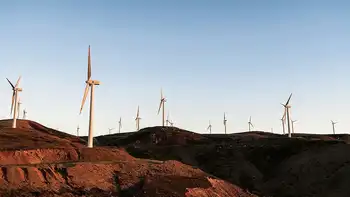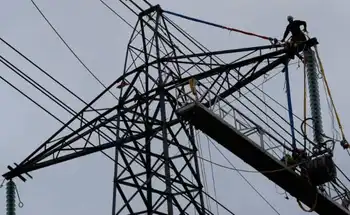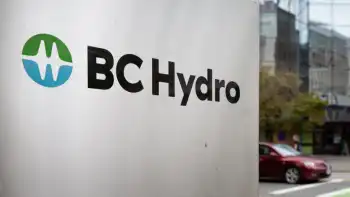Largest solar plant in Italy completed
By Zibb.com
Substation Relay Protection Training
Our customized live online or in‑person group training can be delivered to your staff at your location.

- Live Online
- 12 hours Instructor-led
- Group Training Available
The two companies announced the completion of the system at an interactive conference on renewable sources, Re-Event, being held in Rome.
The plant, located in Italy's Viterbro province, Lazio, was connected to the grid on November 30, several weeks ahead of schedule. According to SunRay, the plant produces enough power for 13,000 homes, and avoids the emissions of 22,000 tons of carbon dioxide per year. This project is the first phase of a planned 85-megawatt development that is expected to be fully operational in 2010.
Construction of the plant was completed in eight months and required more than 250 workers and the services of 10 skilled local companies employed for civil, mechanical and electrical services. SunRay and SunPower jointly managed the construction of the plant. A dedicated 150-megawatt substation was designed and constructed by Terna SpA.
A visitor center is also planned for the site; it will provide education on solar power and other renewable energy sources.
"Completing construction of Italy's largest PV park several weeks ahead of schedule is a testament to the professionalism of the entire installation team," said Yoram Amiga, the CEO of SunRay Group. "More than 200 local workers were trained in the skills of advanced PV technology, and they have surpassed our expectations and demonstrated creativity and resourcefulness in driving the project forward. We are proud of the way that the entire community swung behind this project and ensured its successful on-time completion."
The 80-hectare Montalto di Castro plant uses 78,720 high-efficiency SunPower solar panels, the most efficient panels commercially available, installed on a SunPower Tracker system. The Tracker follows the sun during the day and delivers up to 25 percent more energy than fixed-tilt systems, while significantly reducing land use requirements.
"The Montalto di Castro project is an important milestone for our industry, confirming solar power plants are financeable today and make good business sense," said Howard Wenger, president of global business units for SunPower. "SunPower's technology is proven and can be rapidly deployed, and our industry-leading efficiency delivers competitively-priced energy. We are very pleased to partner with SunRay to deliver clean, reliable solar power to the community and to the rapidly expanding Italian market."
In January, SunRay is planning to begin an educational program in renewable energy for students at the elementary and middle schools of Montalto di Castro, including lessons on solar technology to enhance understanding of the new solar plant.
"In only 240 days, SunRay Renewable Energy has translated into reality the carbon dioxide reduction goals incorporated into the Kyoto Protocol in 1997, and discussed by world leaders this month in Copenhagen," continued Amiga. "With the completion of this phase of the project, the Montalto di Castro community is going to be energy self sufficient. Over the next few years, the solar park will become the largest landmark in Europe for renewable production."
Worldwide, SunPower has more than 500 megawatts of solar power plants in operation or under contract, including more than 200 megawatts of completed power plants in Europe.











